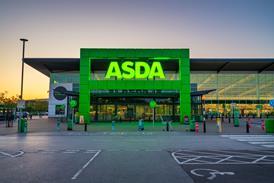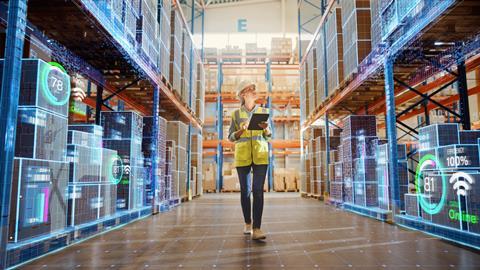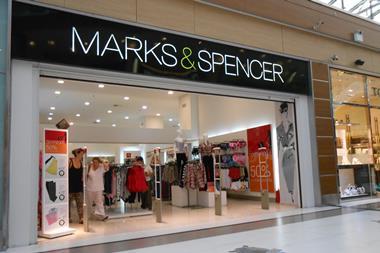PROMOTIONAL RESEARCH
As retailers look ahead at buildings fit for the future Tritax’s Mark Fergusson examines why firms should blend both cutting-edge tech and the power of people
Facing a £7bn hit from increased National Insurance and national living wage, it’s been well reported that many UK retailers are (or plan to be) investing in new technologies to protect margins and improve the customer experience.
Major UK retailers have been doing this for some time, and against the backdrop of increased labour costs, payback timescales for this investment are radically improving.
It would be easy in this hi-tech environment to assume that people are being deprioritised. Our experience, however, is that this is far from the case.
People power
For most UK retailers who occupy logistics real estate, increased technology is not about replacing people but augmenting them.
It frees them from manual, often time-consuming, repetitive tasks to concentrate on higher value work, literally reducing the heavy lifting in some roles, as well as human error.
Collaborative robots, for example, minimise ‘dead’ time spent walking aisles – cutting fatigue and improving productivity.
Moreover, we’re seeing a more diverse mix of warehouse-based roles.
Common perception is that warehouse work is low-paid and low-skill, but for the best-performing firms the reality is an emphasis on progression and opportunity.
With an eye on the talent pipeline, 60% of our occupiers (including UK retailers) have apprenticeship programmes, according to our recent employment survey. Head office and operational functions, including HR, finance, IT, engineering and supply chain, are now increasingly found onsite – as are software and hardware engineers.
Investments improve retention
Attracting in-demand workers to traditional warehouse locations and retaining talent means that the work environment is now a major priority for UK retailers, who are focused on creating attractive places to work in and build a rewarding career.
Working patterns are part of this, and more than 90% of our surveyed occupiers offer flexible working (i.e. more than a standard two-shift pattern).
Site features are also critical. Natural light, better office and breakout space (in and outside) and amenities like showers, changing rooms and canteens are more valued than ever. Onsite free EV-charging and gyms are next level. The reward of getting it right, according to our survey, is a retention rate of over 90%.
Of course, the impacts of increased technology adoption on warehouse space are not just related to labour.
More technology requires more energy – with important implications for locating for power capacity. It also requires specific site features: obvious ones like good Wi-Fi; less obvious like mezzanine levels and smooth floors.
To facilitate this, real estate providers are collaborating closely with UK retailers, retrofitting buildings, or rotating companies into higher quality, often new(er) space.
Buildings fit for the future are those tjat accommodate progress – driven not only by advancing technologies, like AI, but also the talented workers in UK retail.
Mark Fergusson is the head of client engagement at Tritax Big Box REIT.















































